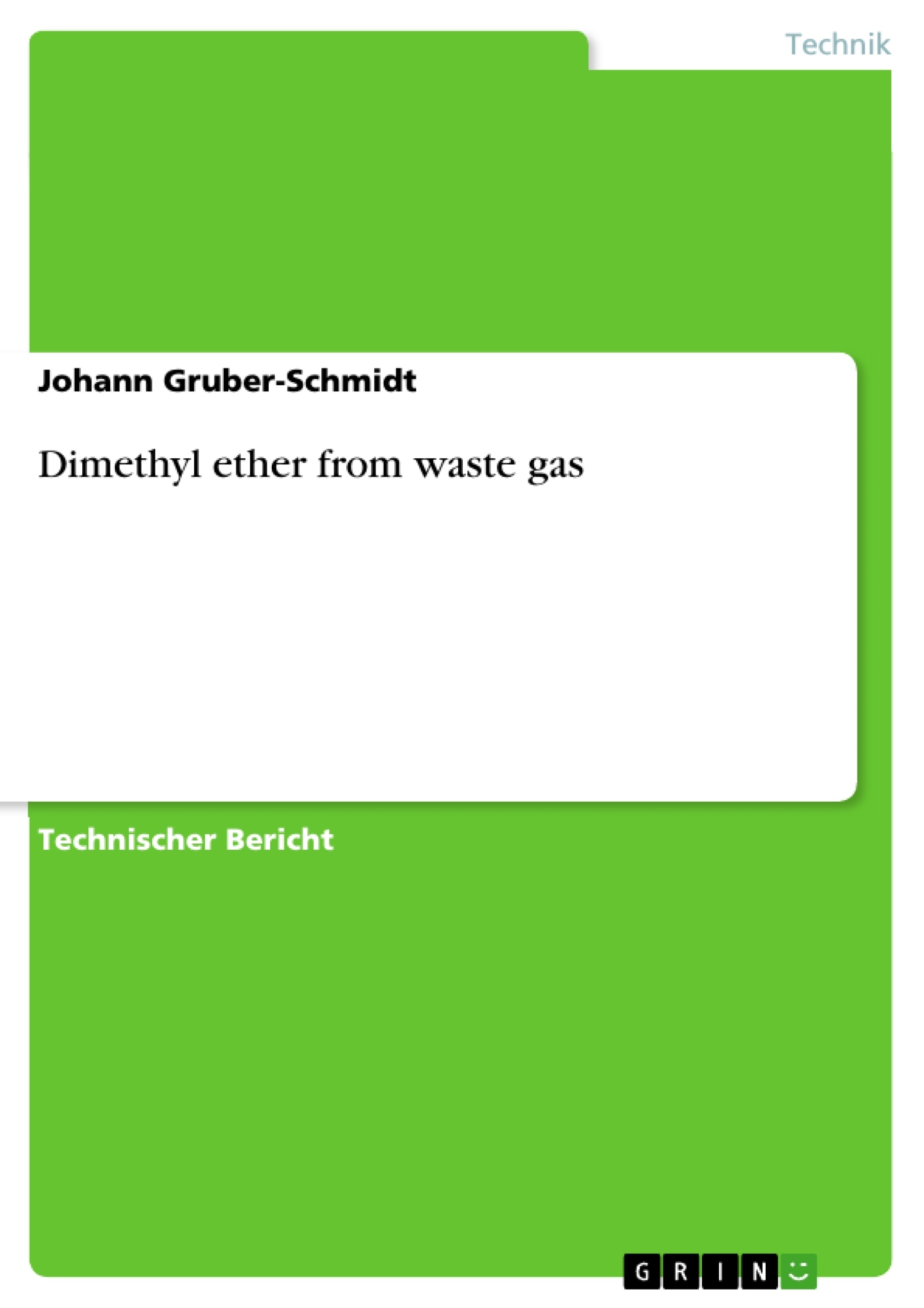Zero emission is the realization of carbon dioxide sinks, by converting carbon dioxide (CO2) to another component. We do not understand under zero emission storing carbon dioxide in wholes, the ocean, or in tanks. If we compare with a biological plant, we have to learn that the biological plant is converting carbon dioxide (CO2) and water (H2O) to biomass and oxygen based on solar energy.
The process is divided into two parts, the light cycle and the dark cycle, optimized to the day and night cycle on earth (or in mechanistic interpretation: on the rotation of the earth around the axis). The aim of this photosynthesis process is to produce biomass during the growth process, oxygen is a waste product. Transferring the conversion of water and carbon dioxide to energy, we need hydrogen and as a waste product oxygen.
If we now turn over to technical processes which include up scaling we need a fuel which can be produced from biogenic mass and gases and additional from water and carbon dioxide. In this article we focus on dimethyl ether (DME). To enable this process we need at least electric energy provided by the volatile wind and solar energy and by nuclear power.
Inhaltsverzeichnis
- Einführung
- Pfade zu Dimethylether
- Stahlwerks-Fackelgas-Umwandlung in DME
- Biogas-Umwandlung in Dimethylether
Zielsetzung und Themenschwerpunkte
Der Artikel befasst sich mit der Produktion von Dimethylether (DME) aus Abfallgasen unter dem Aspekt der Null-Emission. Ziel ist es, die vielversprechenden Eigenschaften von DME als nachhaltigen Brennstoff aufzuzeigen und die Möglichkeiten seiner Herstellung aus verschiedenen Quellen zu beleuchten. Dabei werden insbesondere die Einsatzmöglichkeiten von Biogas und Stahlwerks-Fackelgas im Fokus stehen.
- DME als nachhaltiger Brennstoff
- Umwandlung von Abfallgasen in synthetisches Gas
- Technologien zur DME-Produktion aus Biogas und Stahlwerks-Fackelgas
- Bewertung der CO2-Bilanz
- Energetische Anforderungen und Möglichkeiten zur Deckung des Energiebedarfs
Zusammenfassung der Kapitel
Einführung
Die Einleitung stellt das Konzept der Null-Emission vor und erläutert die Bedeutung der Umwandlung von CO2 in andere Komponenten. Der Artikel stellt DME als einen vielversprechenden Kandidaten für einen nachhaltigen Brennstoff vor und betont die Notwendigkeit, diese Technologie im Rahmen des Strebens nach einer CO2-neutralen Zukunft zu entwickeln.
Pfade zu Dimethylether
Dieses Kapitel beschreibt verschiedene Verfahren zur Herstellung von DME aus Abfallgasen, darunter die autotherme Reaktion und die trockene Reformierung. Dabei werden die jeweiligen Reaktionsgleichungen und die verwendeten Katalysatoren erläutert. Zusätzlich wird die Bedeutung der Wassergas-Shift-Reaktion und der mikrowellenbasierten Reformierung hervorgehoben.
Stahlwerks-Fackelgas-Umwandlung in DME
Der Artikel beleuchtet die Möglichkeit der DME-Produktion aus Fackelgasen in Stahlwerken. Dabei werden die unterschiedlichen Gasströme aus Koksofen, Hochofen und Blasensaauerstoffofen charakterisiert. Die chemische Zusammensetzung und die Heizwerte der Gasströme werden detailliert dargestellt, und es wird aufgezeigt, wie diese für die DME-Produktion genutzt werden können.
Biogas-Umwandlung in Dimethylether
Dieses Kapitel fokussiert auf die DME-Produktion aus Biogas, insbesondere aus Castor-DOC-Biogasanlagen. Die Eigenschaften von Castor-DOC werden vorgestellt und die Verwendung von trockenem Reformieren für die Umwandlung von Biogas in DME wird untersucht. Darüber hinaus werden die energetischen Aspekte und die Rolle der regenerativen Energie bei der DME-Produktion beleuchtet.
Schlüsselwörter
Dimethylether, DME, Abfallgas, Biogas, Stahlwerks-Fackelgas, trockene Reformierung, autotherme Reaktion, Wassergas-Shift-Reaktion, Null-Emission, CO2-Bilanz, nachhaltiger Brennstoff.
- Quote paper
- Johann Gruber-Schmidt (Author), 2018, Dimethyl ether from waste gas, Munich, GRIN Verlag, https://www.grin.com/document/434513




